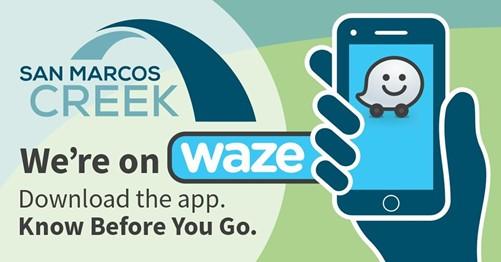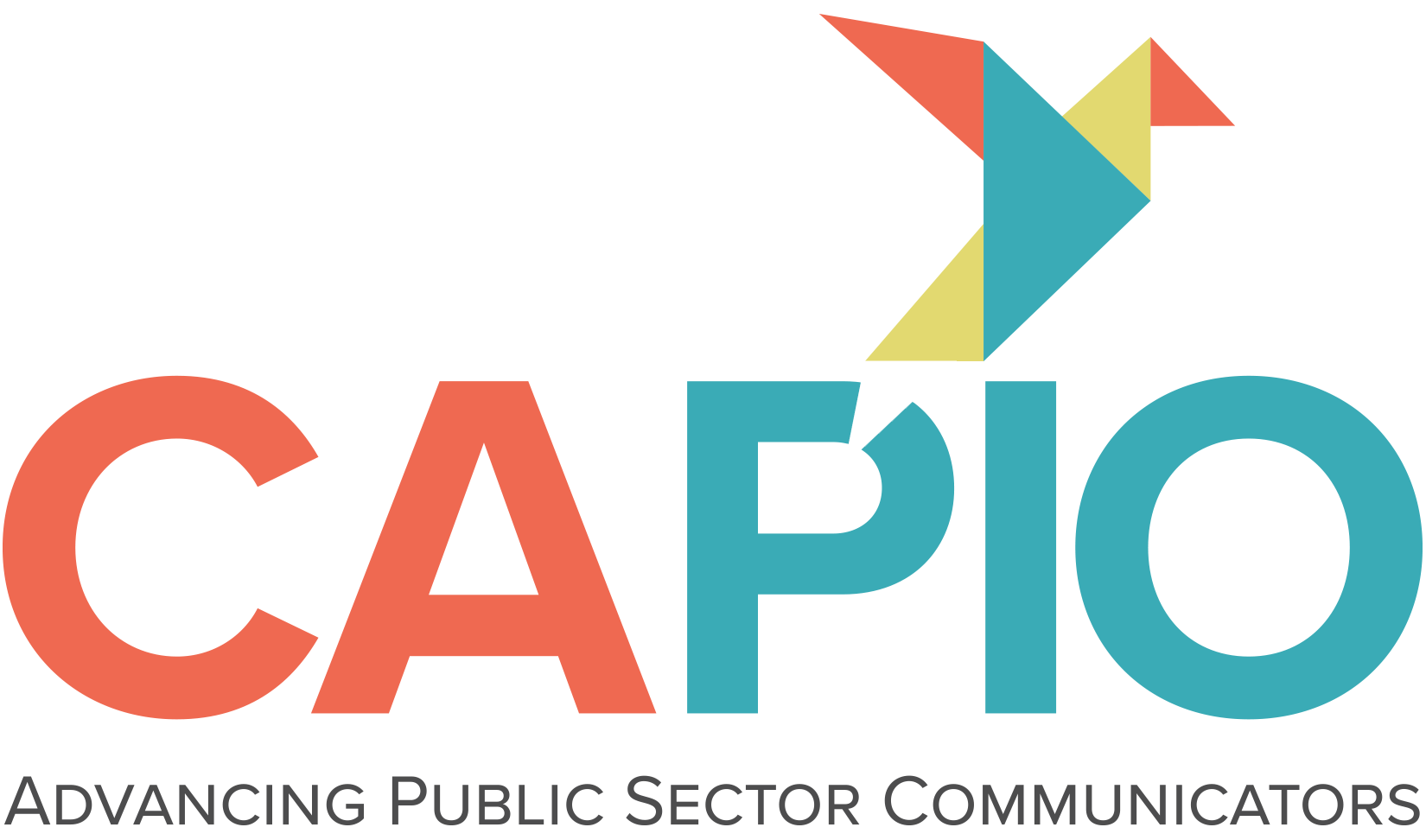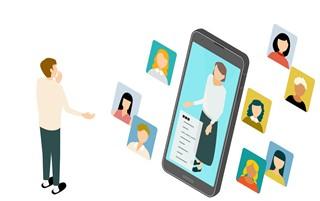Engaging your community from a distance
As government communicators, everything around us turned upside down in 2020. While it may seem like everything we know about community engagement shifted overnight. In reality, not much has changed.
The WHAT and HOW of community engagement have absolutely changed due to COVID-19. The WHY of community engagement remains constant.
Community engagement is based on the philosophy that the public should be involved in decisions that impact them, and that’s not changing now or in the future. While losing face-to-face meetings has been hard, their absence has not been “make or break” for having a solid engagement strategy.
In fact, I think PIOs have been patiently waiting for this moment and have risen to the challenge at hand. We’ve always pushed our leadership and colleagues to think beyond traditional notices, hearings and meetings, and to engage in more meaningful ways. COVID-19 has only served to help our cause as we now have no choice but to shift our methods of reaching audiences where they are – which we’re confident is not at their local community center on a Thursday night from 6 to 8 p.m.
As we find ourselves well on our way toward embracing community engagement in this new reality and preparing for more of the same in 2021, we’re sharing five tips to help you to continue to engage your community from a distance:
Tip 1: Get (Crystal) Clear on Engagement Goals. At JPW, we start each public outreach engagement with internal discovery to ensure everyone is on the same page. Fact is, reaching consensus internally can sometimes be more difficult than working externally with the public! So, the first thing we do is define the public’s role in the decision – define what’s on the table for discussion, and what’s not. Asking the public for input on a decision they have no influence over is like asking your family if they want filet mignon for dinner when all you have is Hamburger Helper. We use the IAP2 Spectrum to navigate the internal discovery process.
Tip 2: Create Segmented Audience Lists. More than ever, we need to deliver the right message to the right audience at the right time. Creating segmented audiences allows you to target messages to audiences based on issues they care about. But is the juice really worth the squeeze? Yes. According to MailChimp, segmented email campaigns have nearly 15% higher open rates and nearly 65% more click throughs than non-segmented campaigns. Segmented audiences also help us engage harder-to-reach members of our community. For example, if our goal is engaging Spanish speakers, we must think beyond translated materials. Identify organizations, schools and churches in the community as partners to engage this audience and reduce barriers for participation.
Tip 3: Ask the Right Questions. Community engagement is centered on conversation. Face-to-face conversation isn’t an option due to COVID-19. But it is still possible to gain valuable insights by asking the right questions through other engagement methods. When designing engagement questions, incorporate values-based questions. Let’s say we’re seeking input on design of a new community park. Instead of starting with “where should the tot lot go?” or “what’s the best location for the baseball field?,” ask your participants:
- What’s your vision for the new park?
- What do you see yourself doing there?
- Who else is there with you?
- How will you get there – by foot, car or bike?
See the difference? Those questions offer richer answers, leading to inclusive decisions and outcomes.
Tip 4: Don’t Just Tell Them, Show Them. Our biggest hurdle is educating the public about complex projects, so they’re equipped to provide us with meaningful input. Good visuals can bridge that gap. Ask yourself:
- How can we tell a story about the project and “problem we’re trying to solve?”
- How can we explain this complicated concept in a visual way?
- How can we help the public imagine what’s possible?
Not everyone has access to a graphic designer, but Adobe Express , Canva, iMovie, Google Maps and even PowerPoint work fine for creating strong visuals. Sixty percent of digital engagement takes place on a tablet or smartphone. Make sure your graphics look just as amazing on a mobile device.
Tip 5: Embrace the Non-Traditional. At a time like this, we’re grateful for the non-traditional engagement tools we have today. Here’s a few we’ve leaned on heavily since the COVID-19 outbreak:
- Interviews and focus groups: We’ve shifted project 1:1 interviews and focus groups to Zoom or GoToMeeting. This has been a win for our team, as the conversations still provide connection, particularly when we use screensharing for our presentation.
- Canvassing and Pop-Up Outreach Events: We’re working with the City of San Marcos on engagement for the San Marcos Creek Project. Our plan calls for in-person outreach during peak construction. Following the stay-at-home order, we had to find a new way to do this. For businesses, we leveraged our segmented contact list and created targeted e-mail updates to address business-specific concerns. For our pop-up events, we created a video update using drone footage and graphics as a simple, but effective, way of sharing real-time progress on construction projects.
- Survey Monkey: Some of our most successful engagement efforts have been launched on Survey Monkey. Our recipe for success includes an “explainer” video or graphics embedded into the introduction, followed by survey questions.
- Waze Updates: Waze for
Cities is an engagement tool for agencies with construction
projects requiring road closures and detours. Again, for the San
Marcos Creek project, we’ll use Waze to provide real-time traffic
and construction updates to the community, right in the palm of
their hand.

Online engagement platforms: There are a variety of platforms out there and we’ve just about tried them all. They’re excellent if you’re considering a long-term investment to support your overall engagement strategy. JPW Strategic Partners’ Open Gov and Public Input are two of the best platforms in the industry. Both companies understand the value of community engagement and their platform is best paired with a solid engagement strategy.
One of my favorite bosses referred to challenges at work as “career enhancing opportunities.” As public sector communicators, there is no shortage of “career enhancing opportunities” ahead for us. When feeling overwhelmed and frustrated, remember this: while much has changed, the reason why we do this work hasn’t changed one bit. PIOs, this is your moment. It’s time to embrace it and truly shine.
If you have questions or want to kick around a community engagement challenge, we’re always here. Email me at susanne@jpwcomm.com.

